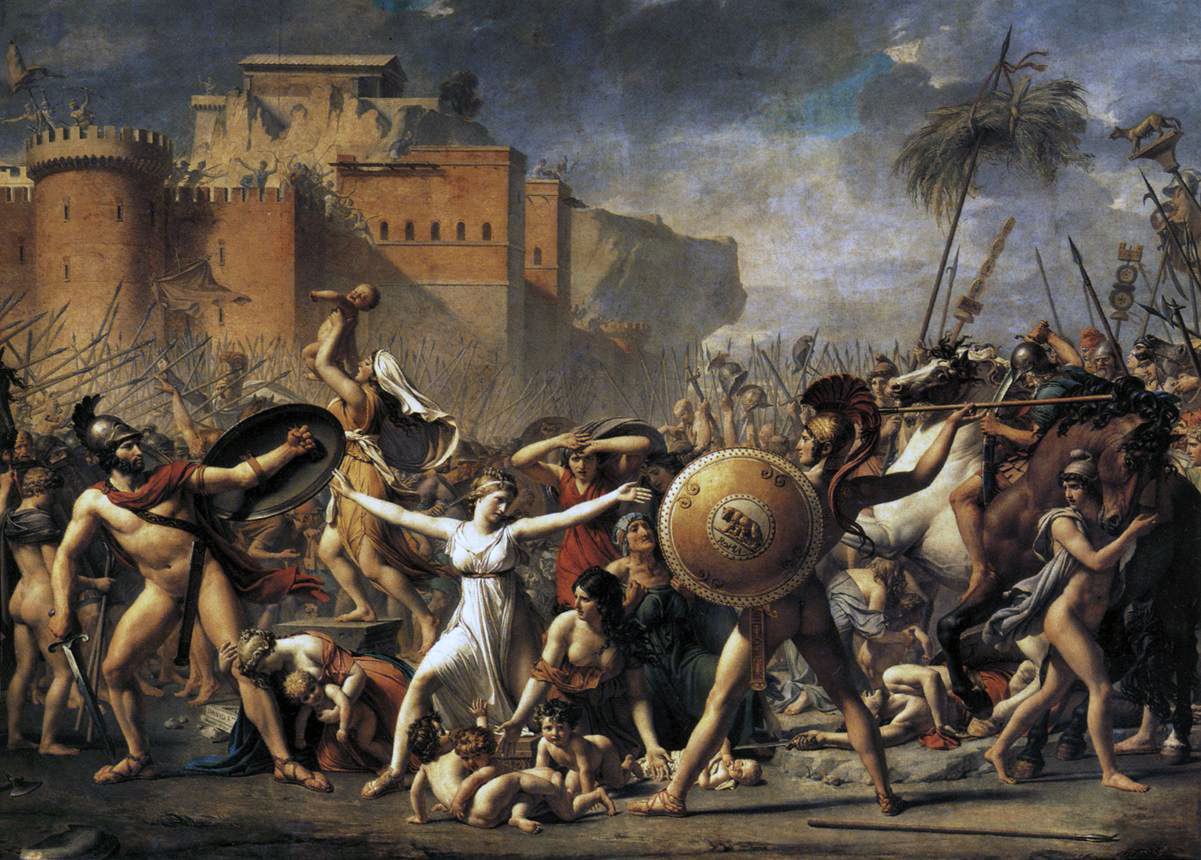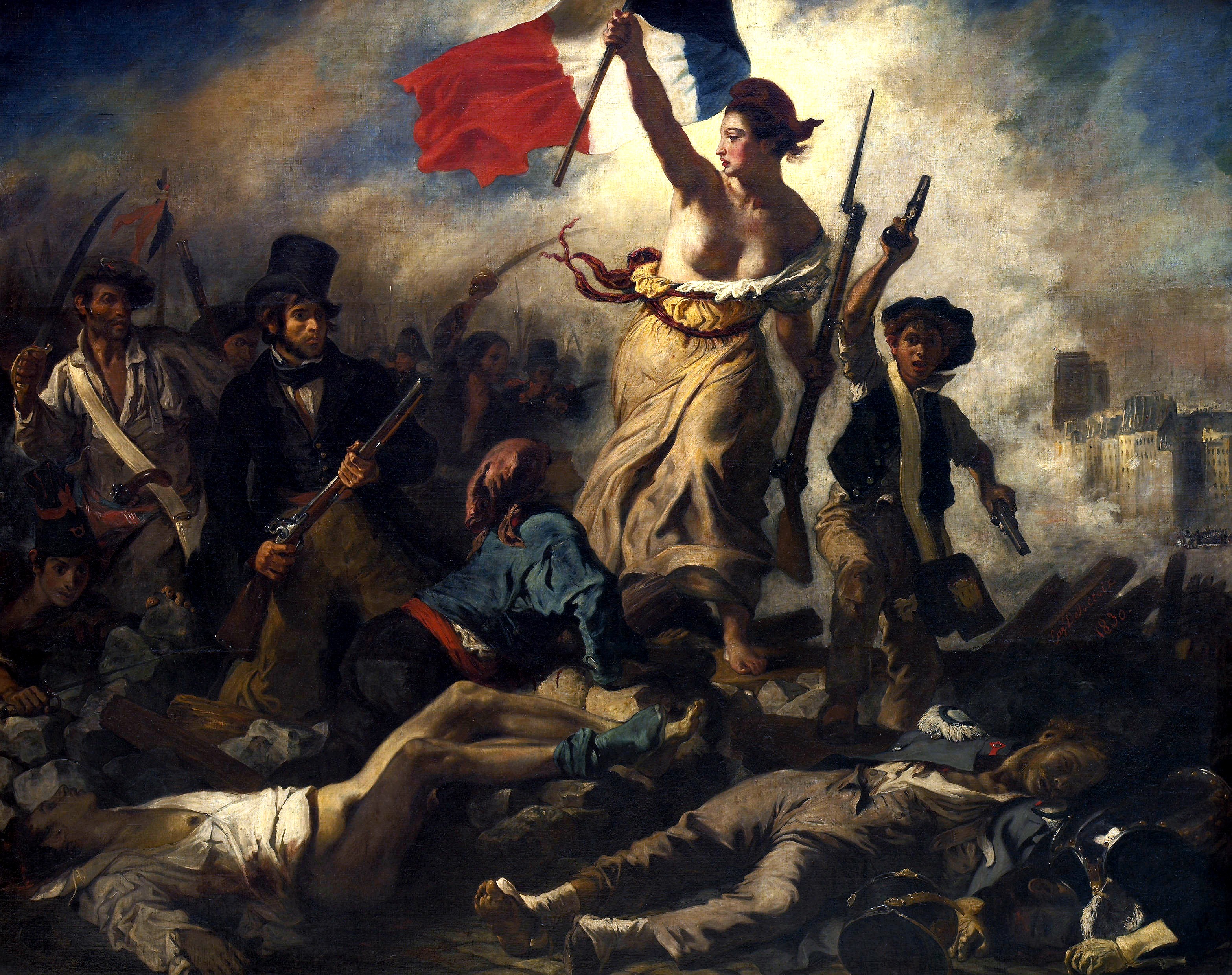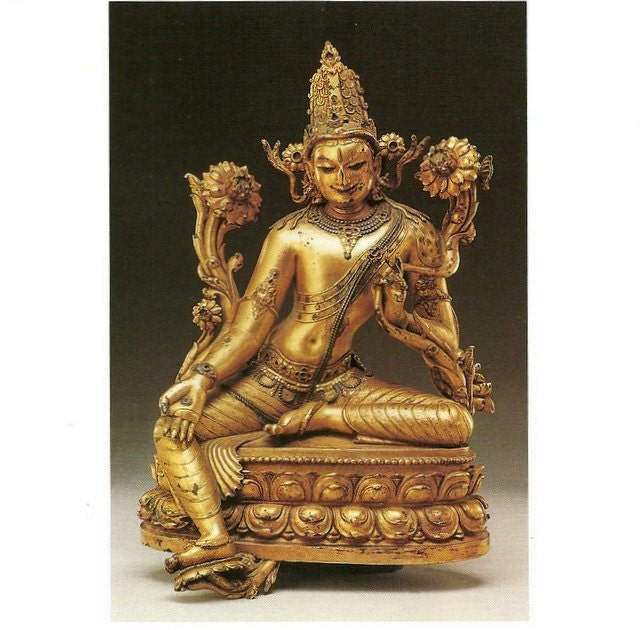
Composition VII
Wassily Kandinsky’s Composition VII is a beautifully, and colorfully, balanced visual depiction of orchestration, or a composition of music. Painted a year before the first world war, the art of beauty and sensationalist emotion was not yet tainted by the ever-so popular need to make political commentaries through every piece of artwork. Kandinsky aimed to tap into the beauty and intricacy of synesthesia, the overlapping and intermixing of the different human senses. For example, we could see sounds, and hear colors. In this image, Kandinsky is connecting music to color and visuals. The objective is to dispose of the notions we gather from what we literally visually see and appreciate the piece for the emotion it evokes. In turn, the image is uncertain and difficult to “analyze.” You aren’t really sure what you’re looking at, but the questions and “disruption” that arise within the view and audience, and this result extended the movement of questioning relevant at the time.
The sheer size of the piece is one of the biggest contributers to the intense emotion the viewer is supposed to feel, being enveloped and overwhelmed by the seeming chaos of the “scene.” There is no direct subject or reference, so obviously a musician could not read this painting like sheet music; again this speaks to the obscure beauty of the ambiguity.

Carlo Carra. Interventionist Demonstration (Patriotic Holiday-Freeword Painting), 1914
When the Futurist Manifestos fell suddenly and with abundance over the Piazza del Duomo, in Mulan, 1914, the swirling piece of paper lit a small flame of inspiration within Carlo Carra. The day Germany declared war on Russia, and a few days Franz Ferdinand was assassinated, the artist painted his piece as a protest against Austria in WWI.
The cubism style of the painting gives it depth and the illusion of being a collage. In the image you see the word “eviva” repeated several times, indicating that the piece is alive itself. The large print letters and musical patterns return to that same theme of synesthesia. All the material in the painting seems to orginiate from the same point in the center, expanding outward as if exploding. The area in the center itself is black and receeding, representing a void and contributing to the depth of the image. Carra’s work here started the Pittura Metafisica, or metpahysical painting style. By using “enigmatic, dreamlike” imagery to create a sense of mystery, odd symbosims, and an unrealistic linear perspective, Carra created an image that sent a clear message while keeping the painting just obscure enough to be interesting. (Metaphysical Painting)
The only thing these two piece have in common is perhaps the connection of color and shape to sound, and maybe the consistent filling of all the spaces of the canvas. Kandinsky created a scene of musical beauty, Carra created a scene of war commentary, and both created a scene to evoke raw emotion in the viewer. Different people will connect with each piece differently.
Maybe it would be a good idea to show these images to someone on a first date; you’d probably figure out how their mind works pretty quick.
HR: google docs; Khan Academy; http://www.visual-arts-cork.com/history-of-art/metaphysical-painting.htm
Sarah Elizabeth Lemon
















